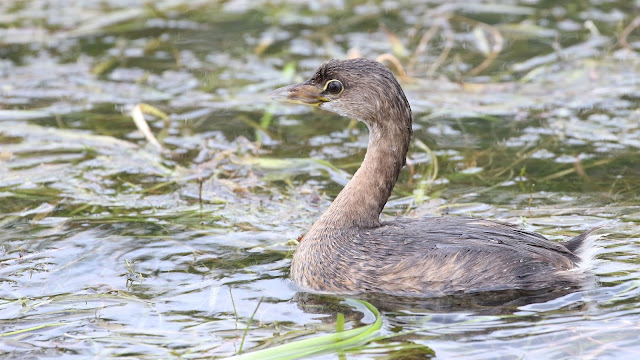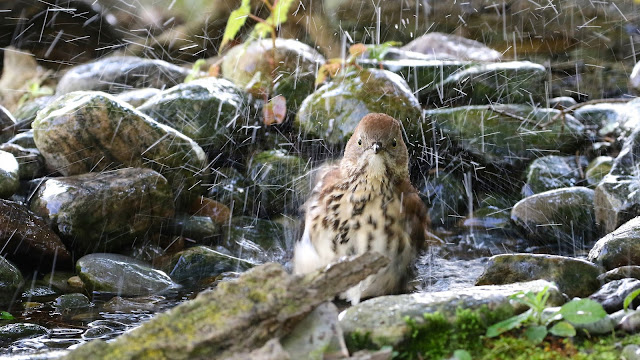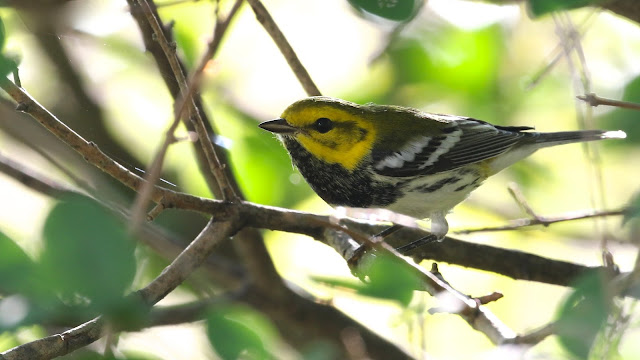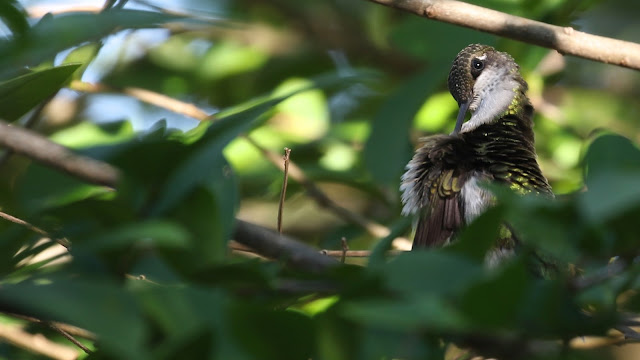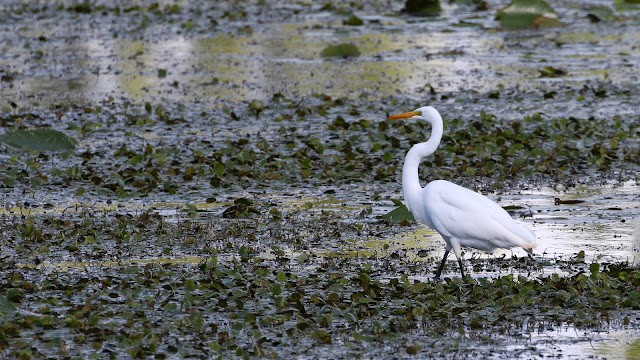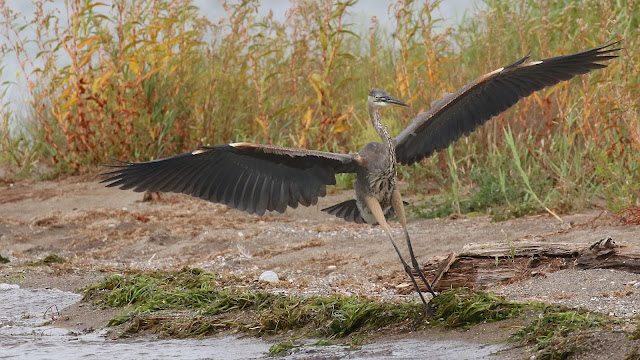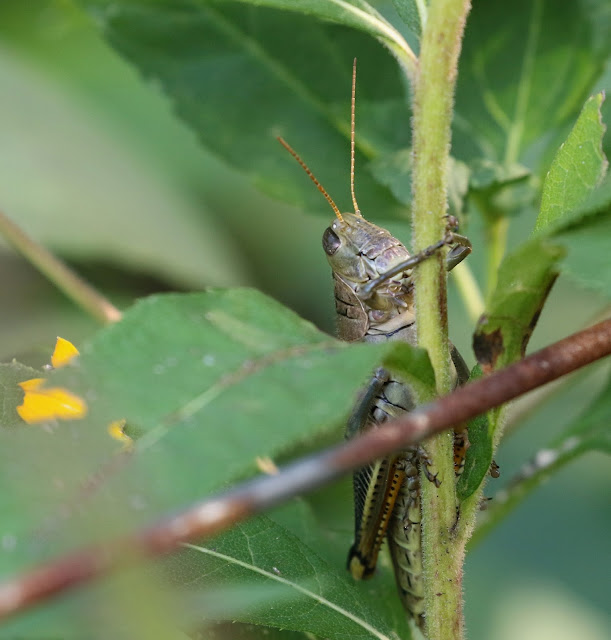Bathing Hummingbird

Hummingbirds in the pond were new to us and we first saw the behavior the 1st of September. We had another one do it again a few days ago. This time it splashed at the edge of the waterfall and then sat in the water flow. Archilochus colubris Ruby-throated Hummingbirds normally place their nest on a branch of a deciduous or coniferous tree; however, these birds are accustomed to human habitation and have been known to nest on loops of chain, wire, and extension cords. source - https://www.allaboutbirds.org



